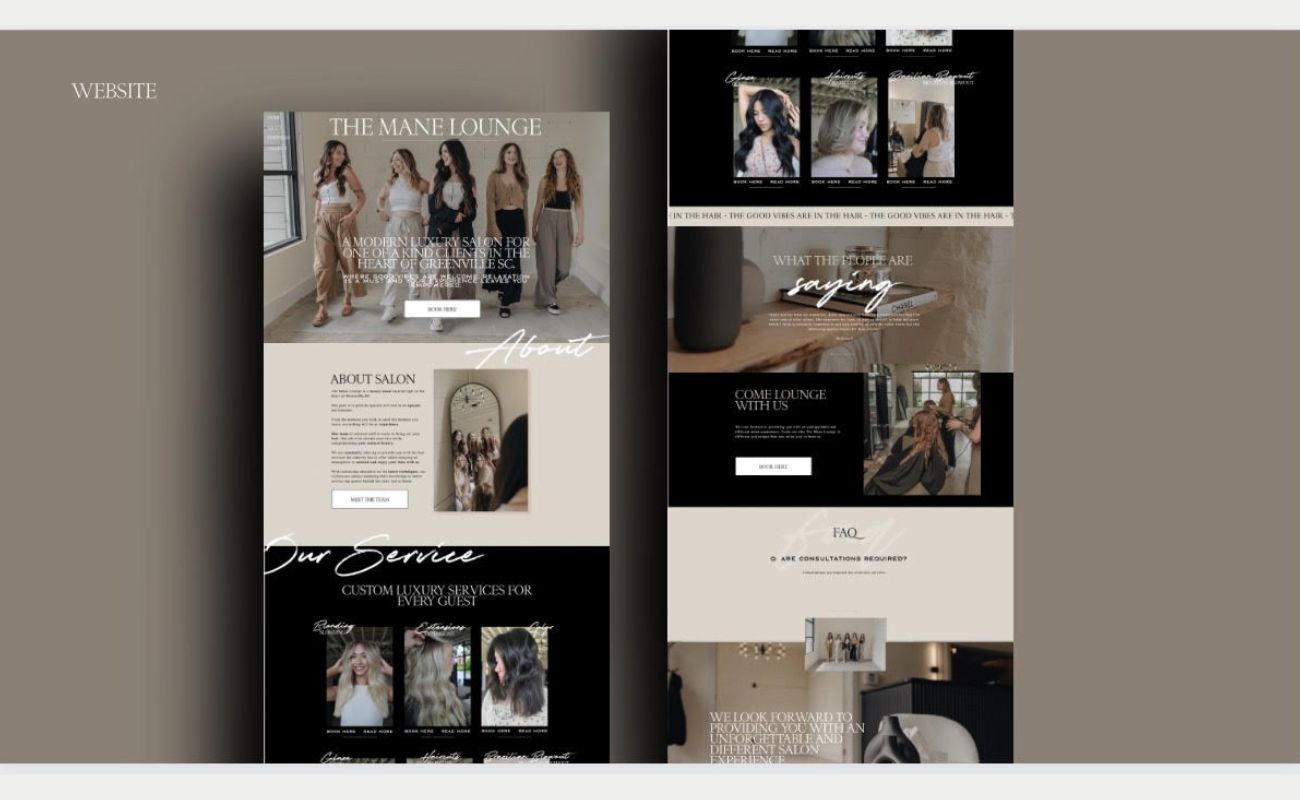The ultimate resource which will unleash your imagination to transform your web layout into a breathtaking masterpiece. Today the need for a competent-looking website is no longer just a requirement, but rather a luxury. If you’re an experienced web developer or you’re just starting to build your website, customizing it is a rewarding and exciting adventure.
It’s like giving your online website a total overhaul customized look to fit your image and brand. Take your imagination and tools and prepare to explore the realm of customizing your website, and all you need is your imagination.
Understanding Website Customization
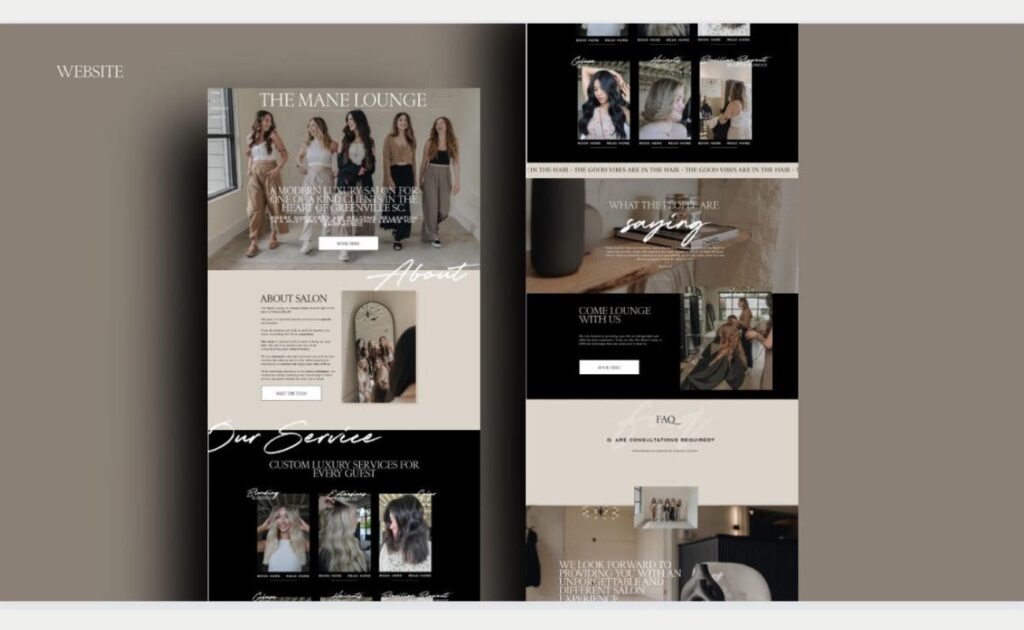
The addition of personality, flair as well as a hint of romance to every single web page’s pixels can be compared to giving your website its makeover. This is like tailoring an outfit or the one thing you want to wear. It’s the aim to provide a unique experience that’s unique to you.
Your website can be a showcase for your creative side on the digital canvas and surpass the limits of templates by modifying the look and feel of your website. Each decision you make, from creating appealing material as well as incorporating interactive elements and deciding on the perfect colour scheme, can be an opportunity to showcase your company’s image and establish a lasting relationship with your customers.
How Do I Choose the Right Theme For My Website?

The perfect theme to choose for your site is similar to choosing the right attire to wear for a formal event, it creates a mood that reflects your style and creates an impression that lasts. With the myriad of choices that are available, picking the best topic can be a challenge however, It will benefit you through the maze of themes, and find the most appropriate one for your website’s needs.
Before you start, think about the brand’s identity and the aesthetics you prefer. Do you want an ultra-modern and sleek appearance or perhaps a more whimsical and artistic look? Consider your colours, fonts and overall design which reflect your brand’s character and core values.
The theme you choose must be an integral part of your company’s identity, taking its essence while enthralling viewers from the time they arrive on your site.
Set Up the Essential Pages
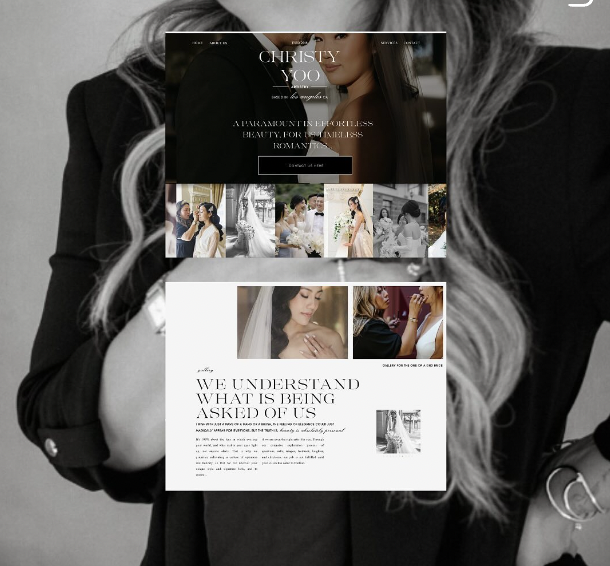
Certain pages are essential to any site:
- Homepage: The gateway to your company’s brand identity, showing off your unique value proposition while directing viewers to discover more.
- About Page: Present your company’s story behind it, its mission and the team members to make an emotional connection to your target audience.
- Contact page: Help facilitate communication with your target audience with clear contact information as well as interactive forms.
- Blog Page: Share valuable content information, updates, and insights to attract readers and promote yourself as an authority in the industry.
- Product or Service Page: Showcase your offerings through captivating visuals, clear descriptions, and precise calls to action for conversion.
Also read: showit web design secrets for aspiring photographers
Preparing For Your Website Makeover
The process of launching a customized website project needs the right planning and preparation.
- Setting Goals: Set clear goals for your personalization efforts, whether that’s boosting conversions, enhancing customer experience or re-establishing your brand’s image.
- Auditor Analysis: Get insights into the preferences of your audience’s behaviors, and nagging points for you on how to customize a website, and your content to your audience effectively.
- Content Audit: Evaluate your existing content and design elements to pinpoint areas of improvement and/or removal.
Customization Essentials
For a visually appealing and efficient website, you must concentrate on these essential aspects:
- Responsive Design: Ensure your site can adapt seamlessly to different screens and sizes to offer the best view for everyone.
- Layout and Navigation: Create a user-friendly navigation system and a well-organized layout to ease navigation and retrieval of information.
- Colour Scheme and Typography: Pick colors that blend and fonts that match your branding and increase the readability of your content.
- Images and Multimedia: Incorporate high-quality images, videos and interactive elements that will attract visitors to your site and communicate your message.
- CTA (CTA) Buttons: Strategically place clear and engaging CTAs for users to direct them towards desirable actions like purchasing a product or signing up for your email newsletter.
Advanced Customization Techniques
Bring your site to the next step with sophisticated customization methods:
- Personalization: Use data analytics as well as user insight to provide customized experiences that are tailored to each user’s preference and behavior.
- Animation and Interactive Elements: Add dynamic motion with hover effects, as well as interactive elements to attract viewers and increase participation.
- SEO Optimization: Optimize your site’s meta tags, headers, as well as contents to increase SEO visibility for search engines, and to drive organic web traffic.
- Speed Optimization: Implement techniques such as caching, image optimization and minification to guarantee rapid loading speeds and to improve the user experience.
- Accessibility: Your website should be accessible for those handicapped by ensuring compliance with WCAG guidelines, as well as providing alternative texts for multimedia and image information.
Tools and Resources for Customizing Your Website
Utilize the power of different tools and resources to speed up the process of customizing:
- Content Management Systems (CMS): Select from the most popular CMS platforms such as WordPress, Joomla, Drupal or Squarespace for building and managing your website effectively.
- Website Builders: Find user-friendly web builders like Wix, Showit web designer, Squarespace or Shopify to create seamless customization without the need for coding.
- Widgets and Plugins: Improve the functionality of your website by using a variety of widgets and plugins with features such as contact forms as well as social media integration and even e-commerce.
- Design Sources: Access stock photo sites, font libraries as well as design tools, to get imagery and how to customize a website style.
- Development Tool: If you have programming skills, use tools for development and frameworks that allow you to create custom functions and features.
Mobile Optimization
In the age of mobile devices Optimizing your site to work on mobile devices is essential:
- The Importance of Mobile-Friendly Websites: Recognize the significance of mobile-optimized websites in connecting and engaging with a wider market.
- Principles of Responsive Design: Utilize the principles of responsive design to make sure that your website can adapt seamlessly to various sizes of screens and different orientations.
- Testing and Optimizing For Mobile Devices: Conduct thorough testing on various screen resolutions and devices to determine and resolve usability concerns.
- Optimized for Scrolling: Your website should be designed using vertical scrolling as a primary consideration by prioritizing the most important content while reducing efforts for the user.
Implementing Your Customization
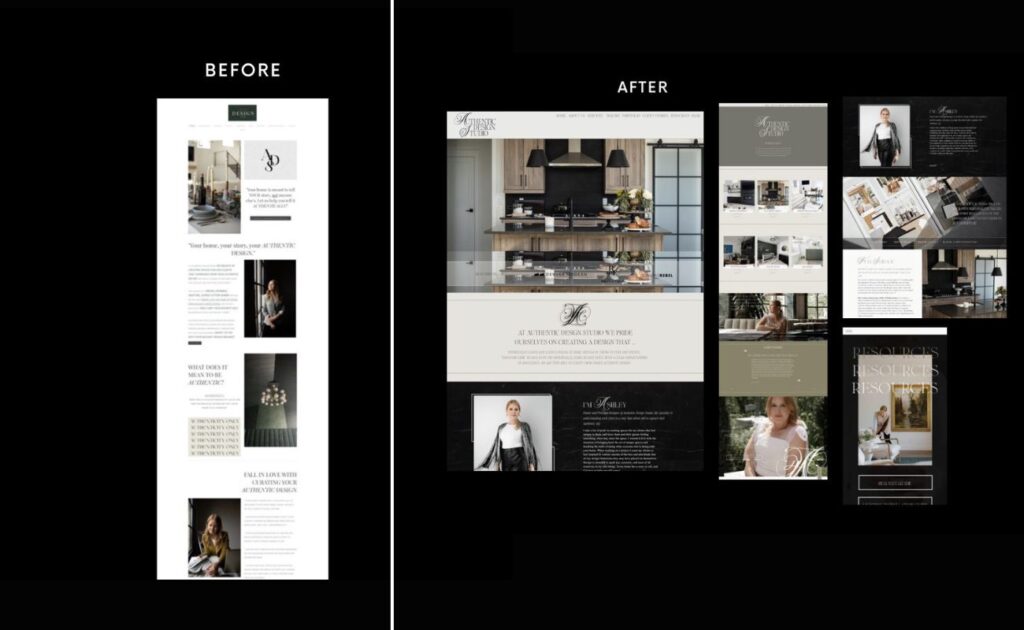
Implement how to customize a website plan efficiently by following these steps:
- Designing Your Customization Workflow: Divide the process of customizing into manageable steps, create deadlines and schedule the resources by that.
- Tests as well as Feedback: Conduct user tests and collect feedback to determine areas that need improvements and further refinement.
- Iteration: Always iterate and enhance your website in response to customer feedback, analytics data and new patterns.
What Are the Essential Elements That Define an Effective Website Design?
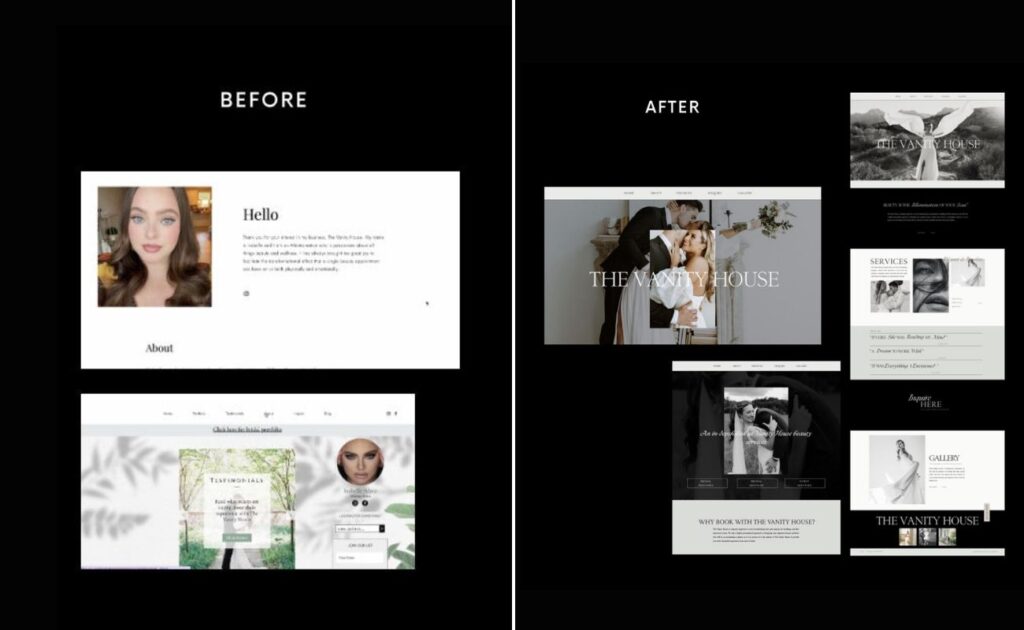
The efficacy of a web layout is dependent on several key aspects:
- User-Friendliness: It is important to prioritize intuitive navigation along with an organized clear seamless user experience to keep customers engaged and happy.
- Organized Structure: Provide information in an organized and logical manner so that it is easy to understand and navigate.
- Aesthetic Consistency: Make sure that your website’s visual coherence is maintained and branding consistency across all the pages and components on your website.
- Speed Optimization: The goal is to ensure fast loading speeds and smooth performance to decrease bounce rates while maximizing the satisfaction of users.
Conclusion
In conclusion, there is an extensive guideline on how you can customize your site’s layout to truly shine. This guide will walk you through step-by-step process, giving suggestions and tips to benefit from by creating an original and attractive site. If you’re a novice or are a pro at designing websites, this blog will benefit you get started.
FAQs
1. Can I design a website without coding?
It is even possible to program websites for non-programmers without programming skills using user-friendly WYSIWYG website builders or more advanced CMS. (CMS) with drag-and-drop interfaces.
2. Can I design a website for free?
You can make your website free by designing it through platforms like Wix, WordPress, or Weebly without having to incur costs which come with basic features and hosting.
3. What Is UX Design?
UX design, commonly referred to as user experience design, is all about creating that “a-ha!” moment for users by making it easier for them to access, use and their overall experience when they interact with an item or website.
4. Why Is Web Design Important?
Web design is such a powerful tool that it can be the deciding factor when it comes to user satisfaction and loyalty. The design of the site constitutes the first impression people get about the site, it determines the user experience and in turn, affects things like engagement and conversions.
5. What Are Some Website Design Trends?
Nowadays, the web design trends are minute design, wearing-responsiveness, bold typeface, dark mode, interactive elements, and environment-included design practices.
